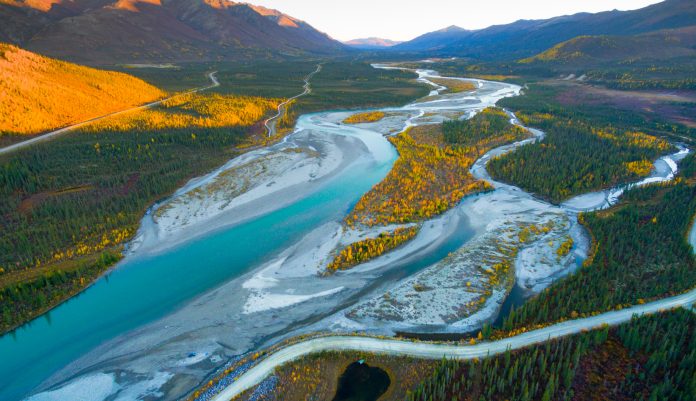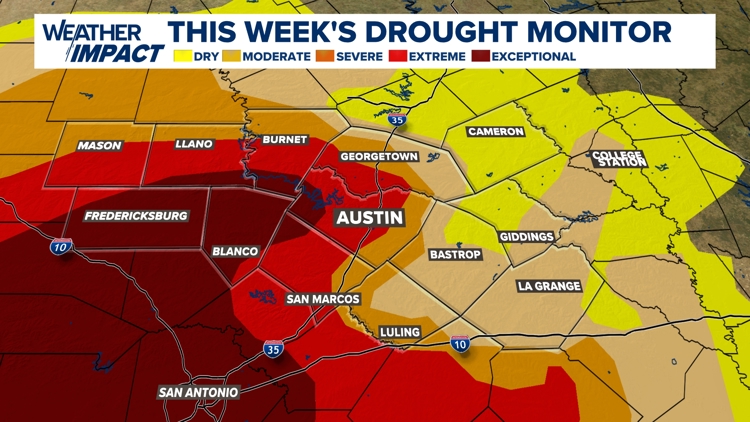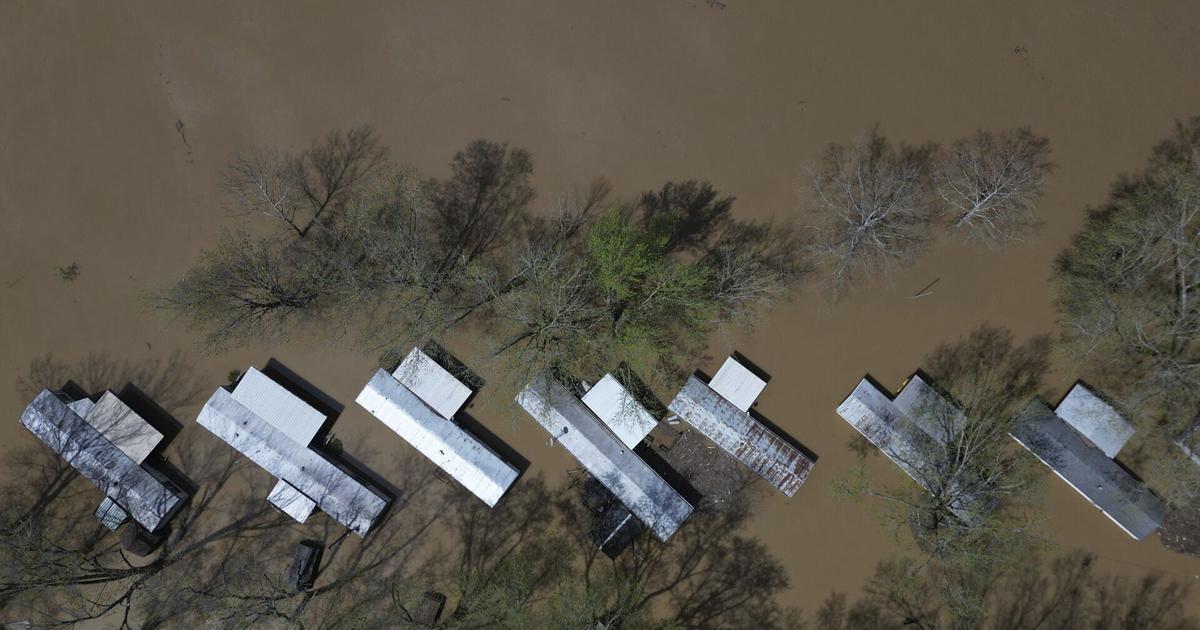Open Access News Environment Transpolar drift: Climate change disrupts Arctic River flow increasing pollution risks April 15, 2025 image: ©mantaphoto | iStock It has been revealed that climate change may alter the journey of river water and pollutants from Siberia across the Arctic Ocean A recent study led by scientists at the University of Bristol has shown that the path these minerals take is much more complex than was previously suggested, with major implications for fragile polar ecosystems. Rethinking the transpolar drift The focus of the study is the Transpolar Drift. This powerful Arctic surface current moves sea ice, freshwater, and suspended matter from the Siberian shelves through the central Arctic towards the Fram Strait, which connects to the Nordic Seas.
This plays an important role in transporting natural substances and human-made pollutants, from organic materials to microplastics and heavy metals, across large distances. Although the transpolar drift has previously been seen as a predictable conveyor, it is now considered highly sensitive to seasonal changes and the warming climate. From Siberian rivers to the North Atlantic The new findings show that instead of following a consistent route, river-borne matter from Siberia takes multiple, shifting paths that change depending on ocean currents, shelf conditions, and the presence or absence of sea ice.

These changes are accelerating due to rising global temperatures, which are causing Arctic sea ice to retreat earlier and form later each year. This system leads to the rapid redistribution of pollutants and natural compounds, spreading them much farther than previously suggested. Fresh water from Siberian rivers was understood to have a relatively narrow impact zone.
Still, it now appears to influence a much wider area of the Arctic and even beyond into the North Atlantic. The hidden impact of fresh water This freshwater also plays a role in altering ocean circulation patterns, which can have knock-on effects on global climate systems. One of the most important discoveries in the study is the key role of sea ice not just as a carrier, but as an active participant in shaping how substances are spread across the Arctic.
Sea ice that forms along the Transpolar Drift picks up material from multiple river sources, mixing them into complex combinations that are then transported over large areas. Unlike coastal ice, which tends to trap local substances, this drifting ice serves as a mobile patchwork of mixed material, extending the reach of nutrients and contaminants. This study has been based on data presented by MOSAiC, the largest-ever Arctic research expedition.
Scientists analysed seawater, sea ice, and snow using chemical fingerprinting techniques, including isotope and rare earth element analysis. These methods allowed the team to trace the origins of the river water and observe how it transformed over time as it moved through the Arctic Ocean. Seasonal differences in Arctic water transportation The year-long nature of the study offered a much more comprehensive view of the Arctic’s transport systems than has previously been researched, which had been limited to the summer months.
Winter data, collected for the first time due to modern icebreaker capabilities, showed that the Transpolar Drift and its related processes vary significantly throughout the year. As the climate continues to warm, the study warns that circulation and ice drift patterns will keep changing, potentially increasing the spread of pollutants across the Arctic. These shifts could deeply impact ecosystems, ocean chemistry, and climate feedback loops, challenging previous assumptions about the Arctic as a stable environment.
Facebook Twitter LinkedIn Print Tags Arctic Research Climate Change Ecosystems OAG Webinar Editor's Recommended Articles Must Read >> Arctic rivers: Windows into organic carbon stabilisation in permafrost soils Must Read >> The antarctic peninsula greening at rapid rate due to climate change Must Read >> Arctic dipole reversal: Key factor in arctic sea ice trend Harriet Belderbos RELATED ARTICLES MORE FROM AUTHOR UK Government announces changes to environmental regulation Weathering the storm: Using technology to predict weather patterns How sustainably produced forest products can help combat global warming Climate change webinar: The interconnection between hazardous events and health UK government proposes ban on heather burning to protect peatlands 47 million demand urgent changes to combat air pollution LEAVE A REPLY Cancel reply Please enter your comment! Please enter your name here You have entered an incorrect email address! Please enter your email address here Save my name, email, and website in this browser for the next time I comment. Δ.
Environment

Transpolar drift: Climate change disrupts Arctic River flow increasing pollution risks

It has been revealed that climate change may alter the journey of river water and pollutants from Siberia across the Arctic Ocean. The post Transpolar drift: Climate change disrupts Arctic River flow increasing pollution risks appeared first on Open Access Government.















